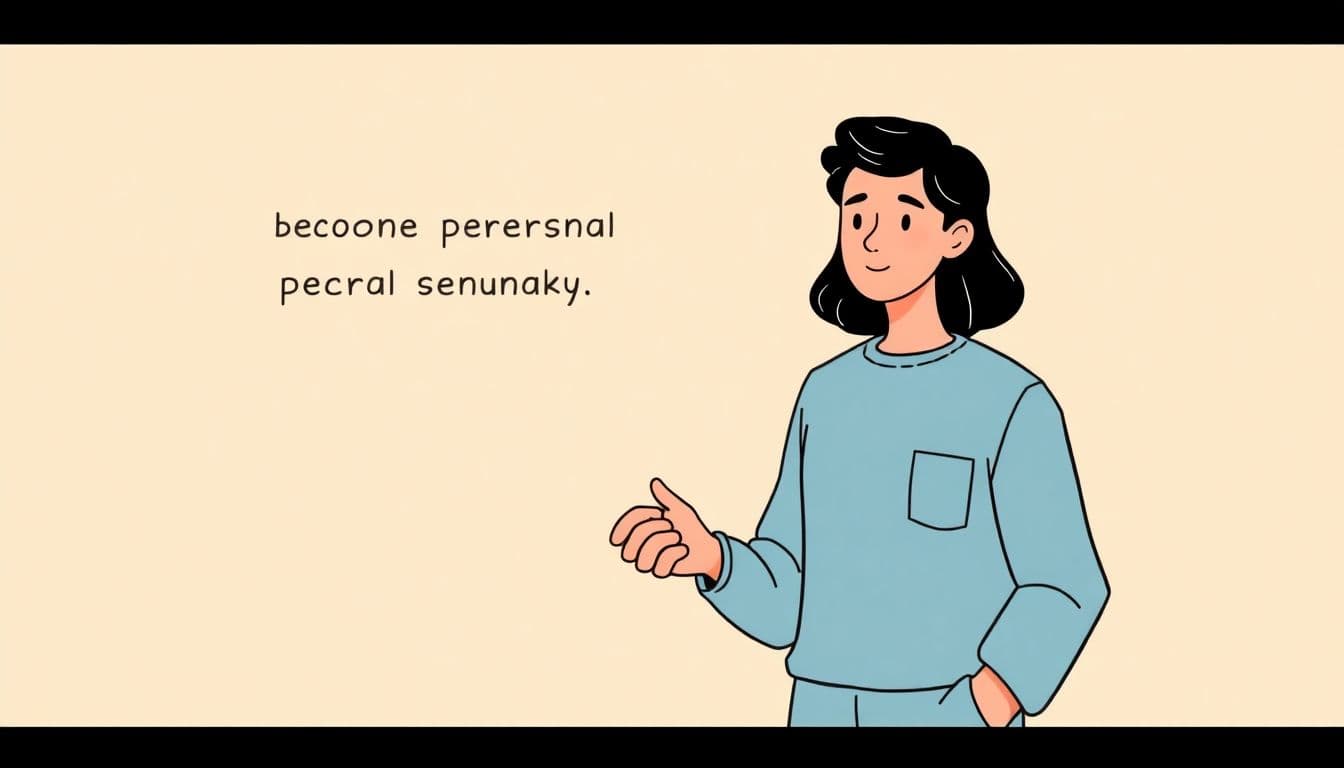Table of Contents
Writing flash fiction is all about grabbing attention fast and making every word count. If your story starts with a punch and paints vivid pictures, readers can’t help but feel hooked. Keep things clear and focused, revealing emotions through actions and dialogue, so your story hits hard in just a few lines. Stick to a tight structure, experiment with different formats, and finish with a surprising ending that leaves a mark.
Key Takeaways
Key Takeaways
- Start your flash fiction with a punchy, intriguing first line that grabs attention fast. Use vivid language or bold statements to set the tone and spark curiosity.
- Keep your story clear and focused, revealing emotions through actions and dialogue rather than long descriptions. Every word should add value.
- Stick to a tight structure and experiment with different formats to find what works best. Finish with a surprising ending that leaves a strong impression.
- Use real data and examples, like writing competitions or statistics, to show the popularity of flash fiction and boost credibility.
- Know your target audience and tailor your stories to their interests and preferences. Research what resonates with them for better connection.
- Polish your final draft by reading aloud, removing unnecessary words, and simplifying sentences. Clear, quick reads are more impactful.
- Share your stories on writing platforms or with peers to get feedback. Constructive critique helps you grow and improve your craft faster.

1. Start with a Strong Opening
The first line of your flash fiction should grab the reader’s attention right away. Think of it as a hook that makes them want to keep reading. Use vivid, intriguing language that hints at the story or sparks curiosity. For example, starting with a surprising action or a bold statement can work wonders. A good opening sets the tone and shows what the story is about in just a few words. Remember, in such a tiny story, every word counts—which means your first line has to do a lot of heavy lifting.
Capture attention immediately
Start with a compelling image or a question that makes the reader want to know more. Instead of being straightforward, try to evoke emotion or intrigue. For instance, “The last time she saw her house, it was burning to the ground” immediately creates a mysterious scene and raises questions. Keep it short, punchy, and memorable so it sticks with the reader long after they’ve finished reading.
Set the tone, premise, and voice quickly
Within a few words, let the reader get a sense of what kind of story you’re telling—whether it’s funny, dark, romantic, or strange. Use a voice that fits your story and makes it feel authentic. If your story is eerie, lean into the descriptions that unsettle; if it’s humorous, use witty or playful language. The goal is to establish everything your story needs to make sense right from the first sentence.

7. Use Real Data and Examples to Add Credibility
Including real data makes your story more convincing and relatable.
For example, mentioning that the 2025 winter writing prompts attracted hundreds of writers shows how popular short stories are right now.
Using recent statistics, like the fact that the Wonder Flash Fiction Battle had over 2,100 participants, emphasizes the global interest.
You can also cite evidence from competitions, such as the 346 entries received in the Not Quite Write Prize or the over 600 entries in the New Writers Flash Fiction Competition 2025.
Sharing these data points not only validates your advice but also helps inspire others to join in the fun.
8. Know Your Target Audience and Write Specifically for Them
Understanding who you’re writing for shapes the language, tone, and story details.
Are your readers teens, busy professionals, or seasoned writers?
Knowing this helps craft stories that resonate and keep their interest.
For instance, flash fiction aimed at kids often uses playful language and humor, while stories for adults might explore deeper emotions or struggles.
Researching what’s trending or popular within your target group can boost your chances of catching their attention.
Visit forums, social media groups, or even look at top-selling books in your genre to see what readers enjoy.
This way, your stories hit the right notes and still stand out from all the other flash fiction out there.
9. Polish Your Final Draft for Clarity and Readability
Once you think your story is finished, step back and read it aloud.
This helps catch awkward phrasing or confusing sections that might trip up readers.
Cut anything unnecessary, especially filler or overly descriptive parts that don’t serve the story.
Break long sentences into shorter, punchier ones—this improves flow and makes stories easier to follow, especially on mobile devices.
Double-check grammar and punctuation, but stay natural—avoid over-complicating your language.
The goal is to keep it simple and direct so your story has maximum impact with minimal clutter.
Remember, a tight, well-edited story is more likely to win over readers and judges alike.
10. Share Your Stories and Get Feedback
Publishing your story is just the start—sharing it helps find your audience and improve your craft.
Post on sites like writing communities or contest platforms to reach other writers and readers.
Join local or online writing groups to get honest feedback and fresh ideas.
Don’t be afraid of critique—it’s a vital part of growing as a writer.
If possible, find a beta reader who can give you honest opinions on what works and what doesn’t.
Over time, this process builds your confidence and sharpens your storytelling skills, making future stories even better.
FAQs
Begin with an engaging scene or question to immediately capture attention. Set the tone and voice early, so readers know what to expect and are eager to continue.
Clear and vivid language helps readers visualize scenes and understand emotions. Showing rather than telling makes the story more engaging and memorable.
Limit scenes and background details. Focus on key events and build up to a strong, memorable ending without unnecessary tangents.
Try using letters, lists, or journal entries. Incorporate metaphors and symbols to add layers of meaning and keep the story dynamic.



